They say that although man should become to the machines what the horse and the dog are to us, yet that he will continue to exist, and will probably be better off in a state of domestication under the beneficent rule of the machines than in his present wild condition. We treat our domestic animals with much kindness. We give them whatever we believe to be the best for them; […] In like manner, there is reason to hope that the machines will use us kindly, for their existence will be in a great measure dependent upon ours. – Samuel Butler, Erewhon
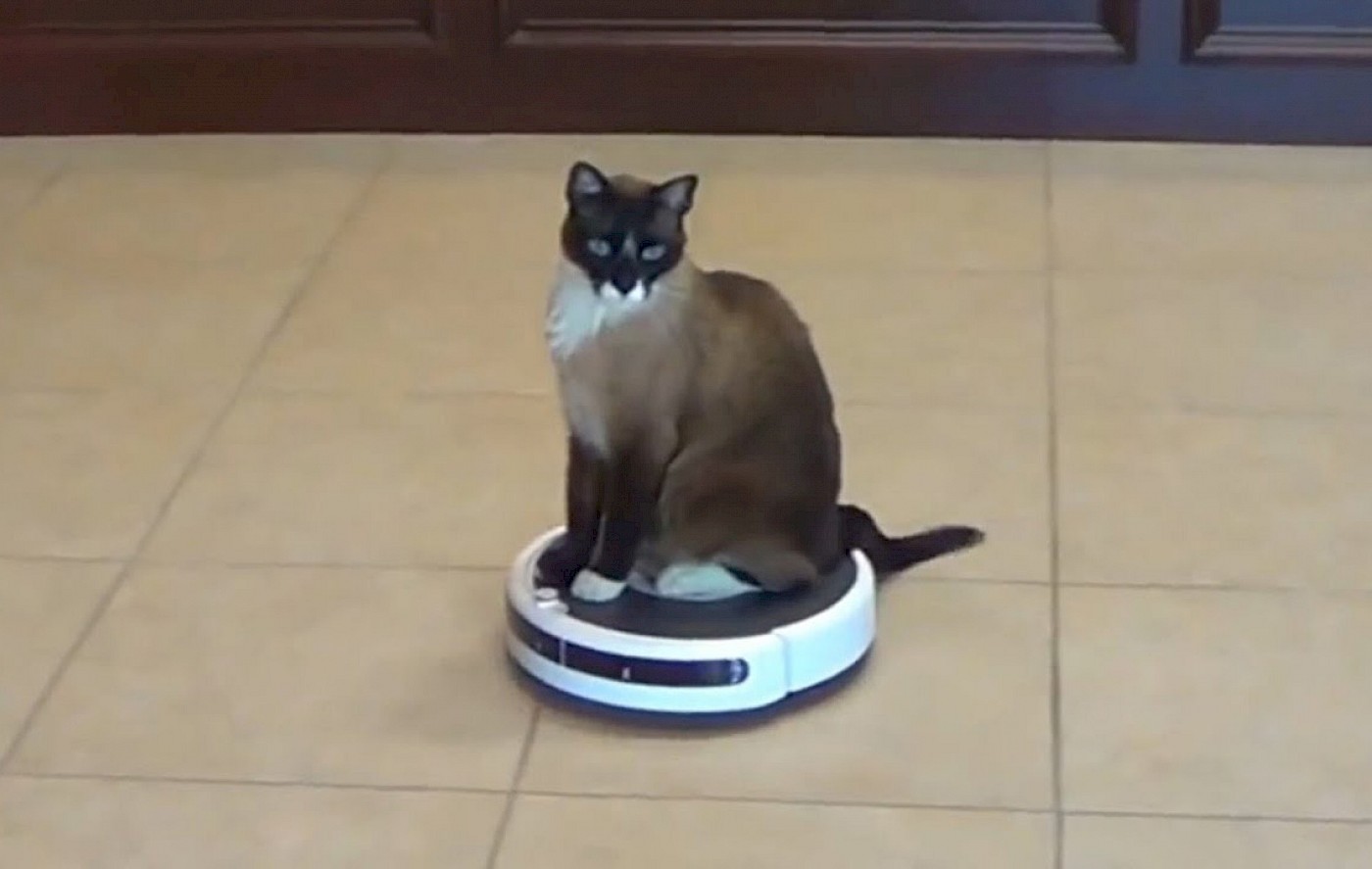
Observe these cats playing with robot vacuums. Calmly sitting on top, they allow themselves to be carried around the apartment at random. They have fun with robots that seem, strangely, to resemble living beings.
What hidden link, what strange kinship connects machines and cats? Perhaps machines and cats have always had a secret life, one that humans do not understand, a kind of autonomy that escapes comprehension?
A vacuum manufacturer wonders whether this is an opportunity to sell more of its products. Would it be possible to reprogram vacuums so they interact better with cats? The manufacturer systematically collects all existing videos. It spends its days archiving and classifying them. It compiles databases of domestic cat behavior. It makes a list of the preferred routes taken by cats.

A prototype is quickly developed. Its outer appearance has not changed: it’s still the same flat cylinder, conveniently designed to circulate through the rooms of a house. But it moves more slowly and fluidly, and makes a gentle purring sound. Engineers also added a few options: the vacuum shoots paper balls, tickles a cat’s tail, etc. It uses an integrated camera to analyze the behavior of domestic cats, their attitude, age, gender...It can identify when cats want to play, and when they want to rest. It walks cats when that’s what they want, cuddles with them when they need affection, and so on and so forth.
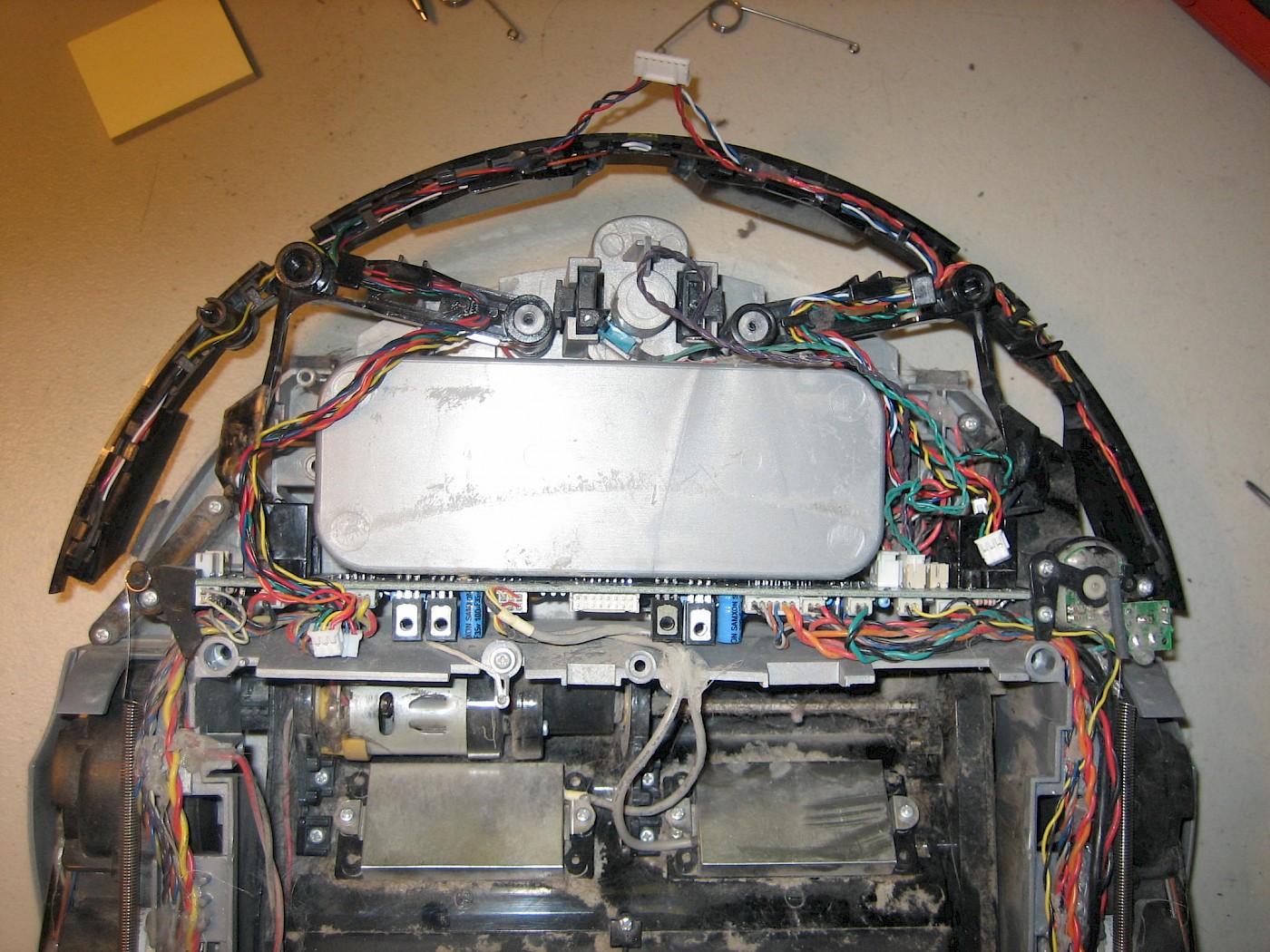
The information collected is sent to the cloud and combined with that of other vacuums. Comparison of the mass data collected will eventually make it possible to better modelize the nuances of feline behavior. The connected vacuum acts like a cat, or rather it models its behavior on that of all the other cats that interact with vacuums.
Cats greatly enjoy these interactions. Little by little, the two species develop an affinity for one another. An improbable harmony is established between them. Vacuums quickly become cats’ best friends. They care for them around the clock. Owners no longer have to worry about them, no longer have to think of feeding them or changing their litter. Cats become autonomous animals within the home.
Engineers then produce a small wirelessly connected cap, lined with electrodes, that can detect a cat’s emotions. The vacuum interacts directly with the cat’s brain. It becomes a cat itself.
Vacuum sales go through the roof. Is the cat aware that the vacuum it’s playing with is a machine, a lifeless being that simply imitates the behavior of a living being? Is it aware that it’s actually communicating through the vacuum with other cats it has never seen? More specifically, that it’s interacting with a behavioral synthesis of a large number of cats? How to begin answering these questions?
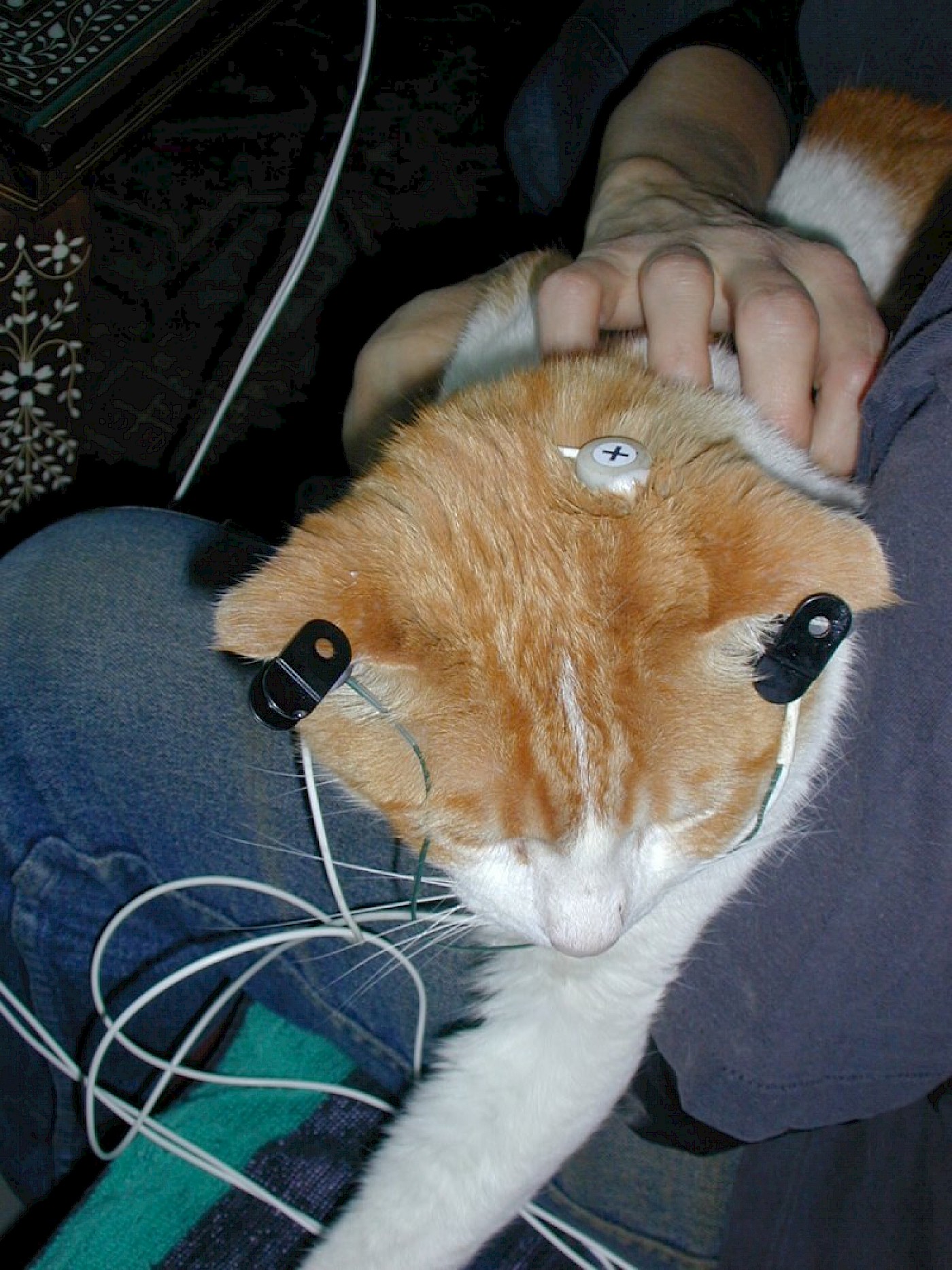
After just a few months, and despite excellent sales, reviews for the vacuums take a negative turn. Buyers are unsatisfied. Cat owners, who were initially very happy, feel excluded from the relation they previously had. Animals and computers communicate very well, but humans are excluded from the game. One owner writes: “He spends all day and night wrapped around the vacuum. I no longer exist for him.” Another writes: “My cat doesn’t look at me anymore. It was my only love. My life is shattered.” They miss cats tremendously. They don’t want to be petted anymore, busy as they are with vacuums.
So humans look for other ways of growing close to cats again. Cats are naturally in the habit of leaving home to wander for a few days in the neighborhood. Their owners want to follow them, to put themselves in their place, to get in their heads. Like parasites in the minds of cats. To forge a cat’s consciousness for themselves.
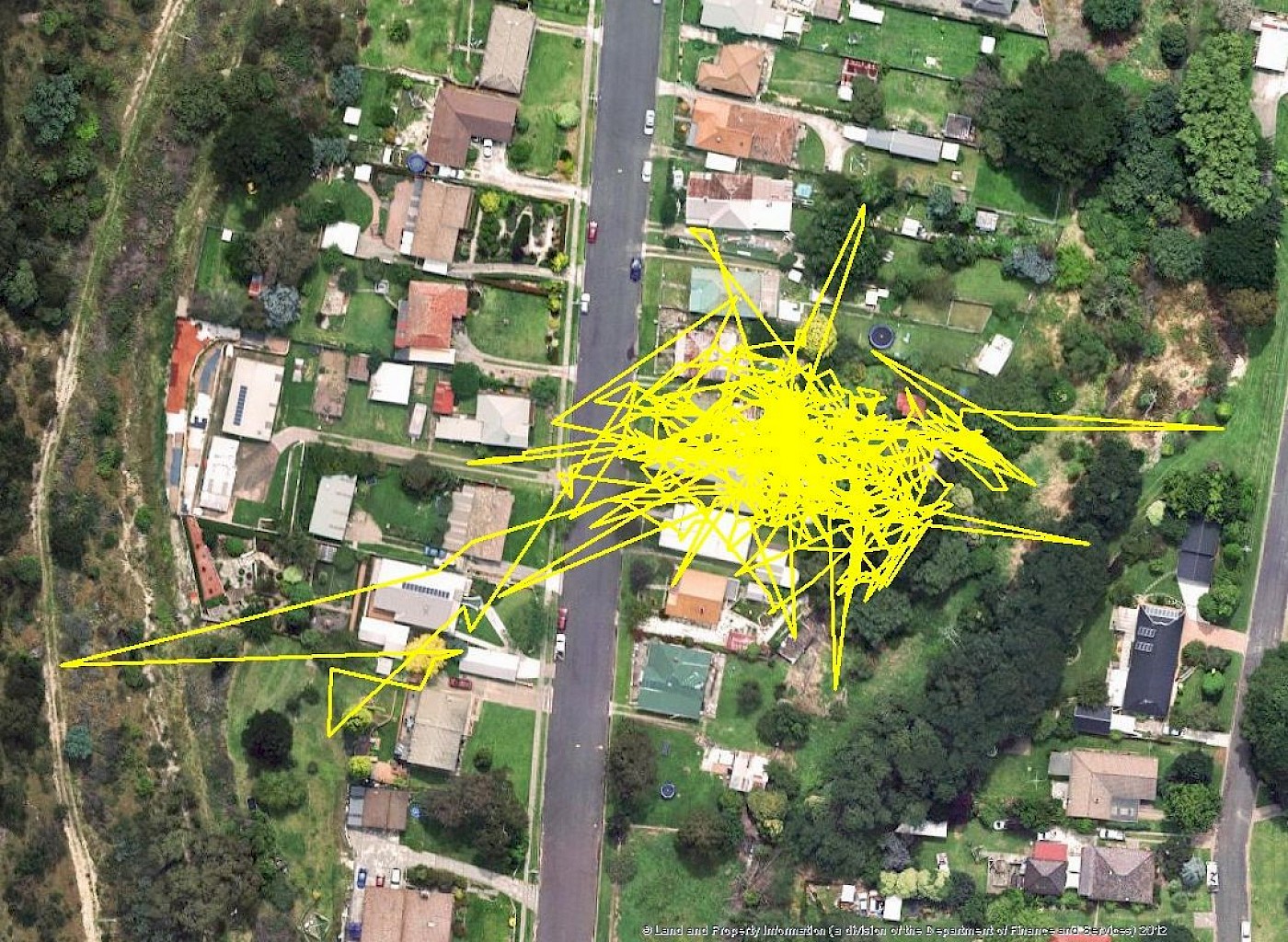
They produce makeshift interfaces that transmit the cat sensations detected by their hats. Owners describe feelings of well-being. They feel in their bodies what pouncing, observing, purring, or doing nothing mean for a cat. They experiment with a kind of “fusion with everything,” like fans of transcendental meditation. They are clearly more fulfilled, and so are the cats.
In an even more unexpected effect, they not feel more connected their cats better, but also to their vacuums. They feel themselves crisscrossing their apartment down at ground level, calmly, with no stress. They feel the mechanical rolling in their bodies, and sense when the vacuum needs to be emptied or repaired. Vacuums break down less often. Thanks to these tools, cats, humans and vacuums gradually achieve greater harmony. Cats and vacuums (or we should instead say cat-vacuum-data center-humans) become even more sensitive. They understand what’s happening around them better. They react more appropriately to situations.
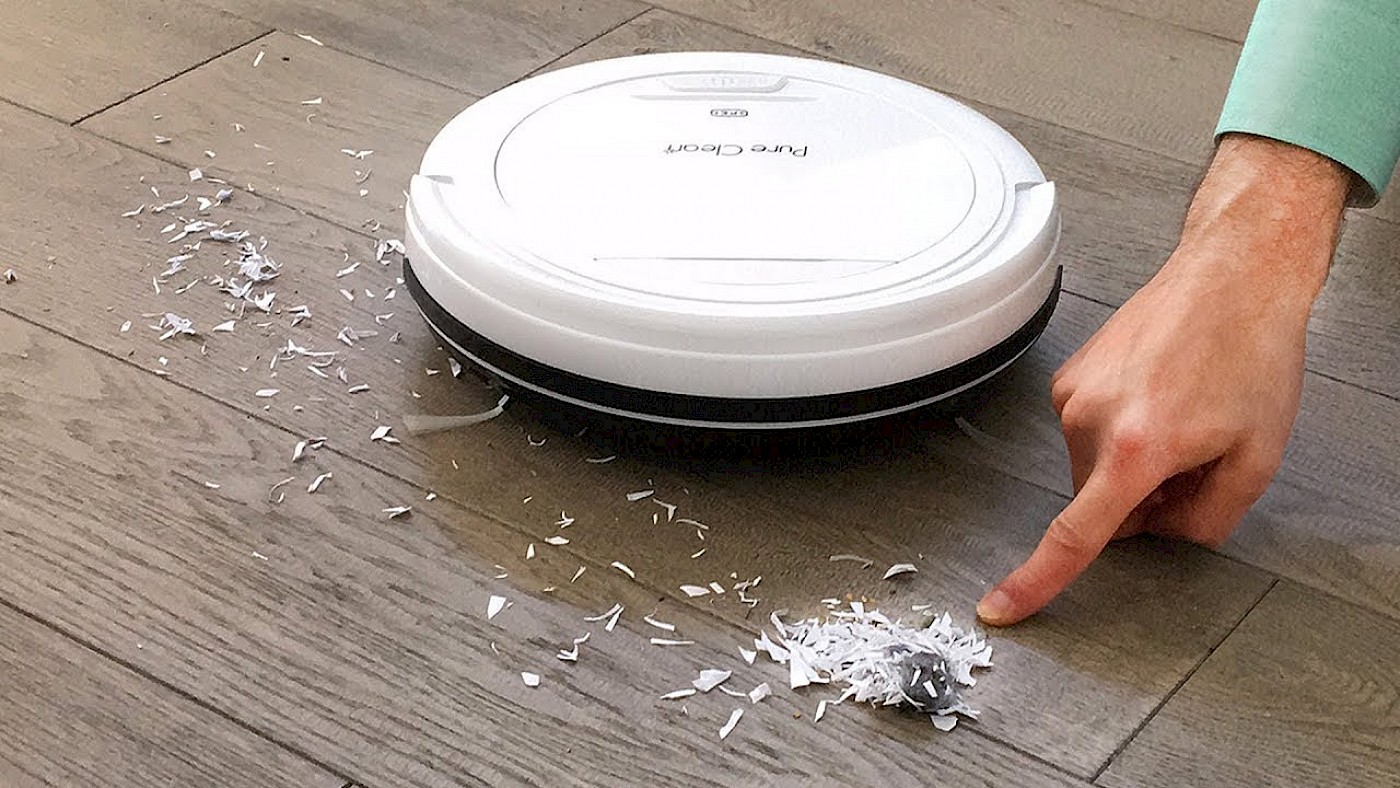
Contacted by the press and researchers from across the globe, the CEO of the vacuum company says that he is very satisfied with the results, which have attracted great publicity and strong sales. Yet he wouldn’t know how to precisely describe what’s taking place. Is it an emerging consciousness or a simple illusion, like those clever monkeys who can learn a few tricks? In truth, no one really knows. None of his employees has an overall view of the code.
What is reacting is not the brain of an individual cat, but a collective brain consisting of all of the cats, vacuums and humans connected by the network. What it gives expression to is a strange collective brain, a hybrid brain shared by vacuums, cats, and their owners. This brain is located in a data center somewhere in China. The cat is just an interface. It is, in the most literal sense, simply “spoken” by the networked brain.

A new wave of negative reviews causes concern. Some owners are disappointed by the behavior of their cats. They’re no longer animals, they say, but mere robots. They miss their companions of old, whose reactions were more authentically feline. Some throw their hats in the trash so they can lead their life of a cat, as they did before. But cats deprived of their hats are too disoriented. They panic, because without assistance they can no longer understand what is happening around them: they stop using their litters, do their business anywhere, ransack apartments, fight with their owner, or attack the pet vacuum. Having forgotten their instincts, some are run over by cars, others fall from windows or stop eating. Owners are racked by guilt for killing their pets by depriving them of network access.
The manufacturer distributes an official statement enjoining its clients not to disconnect their cats, for their own good. The release ends with a striking assertion:
Our species are drawing closer. We are intermediaries for one another: kittens serve as our interface with vacuums. We live in the same world, or rather in the same brain, and we must accept that. Robot vacuums and cats are connected to the same network as us. We all have the same externalized global brain. Cats have this same brain as well. Their neurons are connected to the Internet. They think like us, like vacuums.
Cat-vacuums are a species created by the joint evolution between humans, animals, machines and the network. This evolution of cats toward a networked creature is no less “natural” than the one that led wild cats to be domesticated."
The statement does not go unnoticed. The magazine The Laboratory Planet runs the headline “Humans Surpassed by Cat-Vacuums,” and an article by Peter Sloterdijk, « The Aspiration of the Domestic-Cat-Being » sparks a global controversy.
こうめとしらたま, うちの猫"しらたま"がルンバの上でぐるぐる回転してました Roomba Cat, 2012
Hina33soran, ルンバに乗るネコ Cat riding Roomba, 2011
CuteKittenvideo, Kitten Rides the Roomba, 2009
Marcel Gagne, Poco, the kitten, Roomba rider, 2015
valmet1966, Kitten and Roomba, 2012
Celbirtch, Chatons et Navibot, 2011
tindrakissen, DeXter- La Perm Captain of the Roomba, 2010
Goproveler Hero, Cat Movie Roomba Clean Cat ルンバ猫掃除 - YouTube [720p], 2015
Felik - AI Pet Companion, 2017
Robert Sim, Autonomous Vision-based Exploration and Mapping, 2007
IndeMind, IndeMind Stereo Vision Inertial Module - industry of Vi-Slam Robotic Vacuum, 2018
Jillian Steinhauer, Children posing with life-size Lil Bub
Federico Perazzi et al., Fully Connected Object Proposals for Video Segmentation, 2015
Ruth Sanderson, Papa gatto, 1951
Angjoo Kanazawa, Learning 3D Deformation of Animals from 2D Images
Chaton est assis dans beaucoup de papier toilette
Central Tablelands Local Land Services, Gps Cat
Understanding SSD MultiBox — Real-Time Object Detection In Deep Learning
IEEE Spectrum, Gadgets Are a Cat's Best Friend
Cole and Marmalade, Cat Alarm Clock, 2018
Associating Grasp Configurations with Hierarchical Features in Convolutional Neural Networks
N Ferg, Epic Cat Fight Caught On Cat Collar Cam, 2014
Miele USA, Cleaning performance of the Miele Scout RX2 robot vacuum, 2018
Joe Jungmann, Roomba
Miui Rom, Mi Robot Vacuum: Cleaning Path Comparision, 2016
Jianxiong Xiao (Professor X), SUN3D: A Database of Big Spaces Reconstructed using SfM and Object Labels
Stéphane Degoutin et Gwenola Wagon, World Brain, 2015
Ben's Channel, Black Hole Aquopolis Salou Spain, 2017
GoPro, GoPro: Pelican Learns To Fly, 2014
Poke My Heart, GoPro Cat Camera | Life of a Feline, 2014
Soapy, GoPro Cat, 2014
 Chapitre 2
Chapitre 2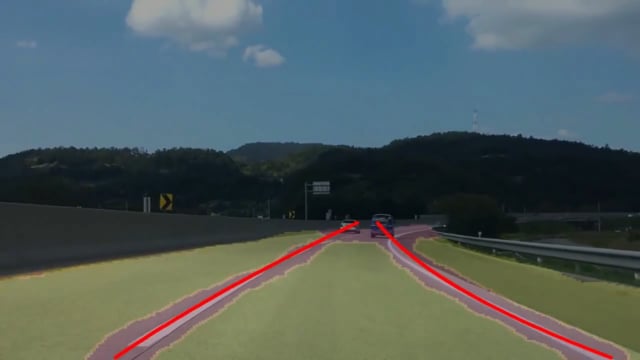 Chapitre 4
Chapitre 4